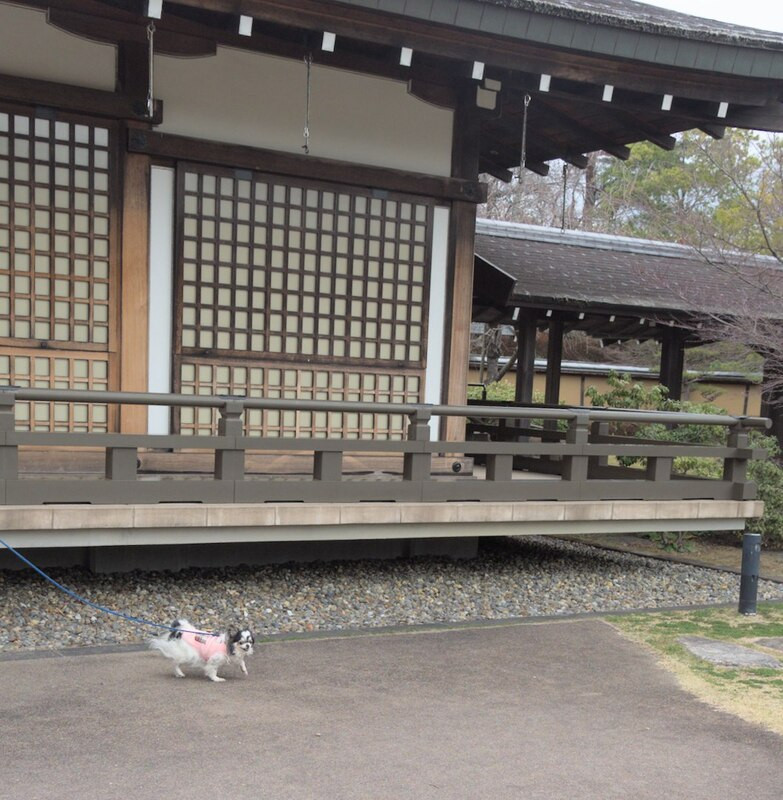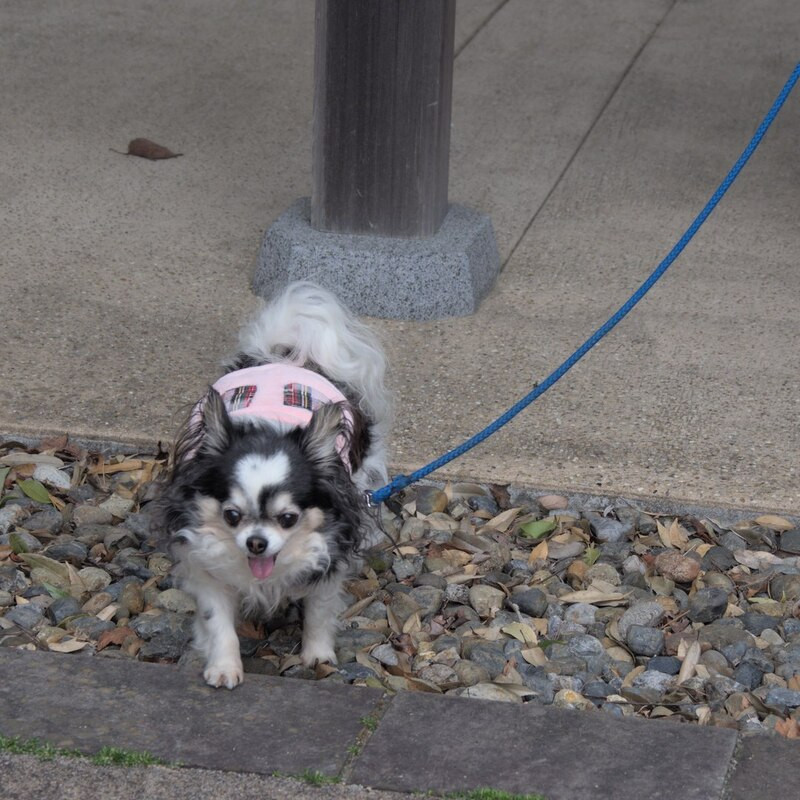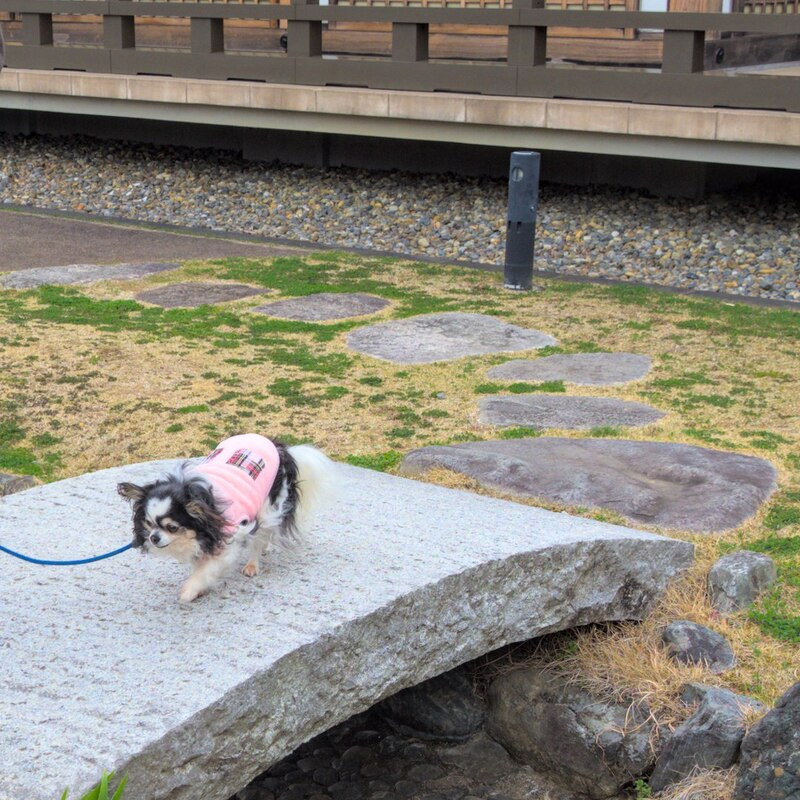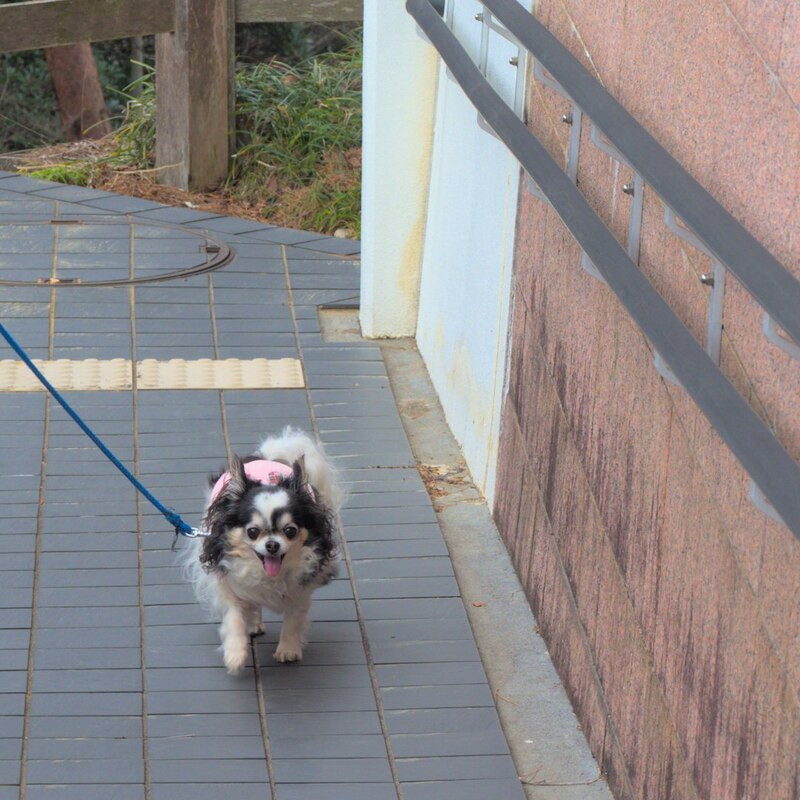(131) Ms. Merci in Nakoso no Seki Park
文字数 2,723文字
The other day we went to Nakoso no Seki Park in Fukushima Prefecture.
Nakoso means "don't come", because to the north of it is Ezo,
an area which used to be considered dangerous.
There is a fort in Fort Worth, Texas, USA, and beyond that is where Native Americans lived, so it's called “Where the West Begins”. Nakoso is similar.
I wanted to have some commemorative photos taken at the Sekisho(checkpoint) in Nakoso, but Dad couldn't take a single photo of the Sekisho.
Wikipedia says:
"Nakoso no Seki" is called Seki (barrier), but it is not called Sekisho(checkpoint). In addition, "Nakoso no Seki" is not mentioned in ancient historical materials other than literary works such as waka poems, and its location is unknown.
It's like “Atlantis” described by the ancient Greek philosopher Plato in his book.
"Nakoso no Seki" is an Utamakura (a place that is often described in classical Japanese poetry). From the Heian period to the Edo period, 125 tanka poems were made using "Nakoso no Seki" as an Utamakura. It is more well-known than Atlantis.
It is inconvenient if you don't know the location even though it is so famous. In the early Edo period, there was a person who came up with the idea of calling Nakoso-machi "Nakoso no Seki", so it became famous.
There are two following buildings in Nakoso no Seki Park, but there is no checkpoint.
2001 (Heisei 13): History and Literature Museum (a tourist facility opened in 1988) is reopened.
2007 (Heisei 19): Experiential learning facility “Fukifuden” opens. Heian aristocratic mansion-style buildings and gardens are designed.
In addition, one of “Hyakunin Isshu” describes Arashiyama in Kyoto as " 滝の音は 絶えて久しくなりぬれど 名こそ流れて なほ聞こえけれ” (The sound of the waterfall has long since disappeared, but the waterfall's reputation has remained and is still heard today.) Though this poem contains the word "Nakoso," it has nothing to do with Nakoso no Seki.
(※ ”Hyakunin Isshu” is the traditional Japanese collection of one hundred poems by one hundred poets)
Of the 125 poems, Minamoto no Yoshiie's following waka poem is the most famous:
“吹く風を なこその関と 思へども 道もせにちる 山桜かな”
It's called nakoso no seki ("Don't come" checkpoint), so I think it applies to the wind as well, but the wild cherry petals are scattered by the wind so much that they block the road.)
Fukifuden(吹風殿) takes its name from this waka poem.

This is Fukifuden.

I’ve come to Nakoso.

I’m standing under the bridge in front of Fukifuden.

I’m in a good mood after traveling back in time to the Heian period.

I’m crossing a stone bridge carefully.

I’m climbing the slope of the “History and Literature Museum”.
Nakoso means "don't come", because to the north of it is Ezo,
an area which used to be considered dangerous.
There is a fort in Fort Worth, Texas, USA, and beyond that is where Native Americans lived, so it's called “Where the West Begins”. Nakoso is similar.
I wanted to have some commemorative photos taken at the Sekisho(checkpoint) in Nakoso, but Dad couldn't take a single photo of the Sekisho.
Wikipedia says:
"Nakoso no Seki" is called Seki (barrier), but it is not called Sekisho(checkpoint). In addition, "Nakoso no Seki" is not mentioned in ancient historical materials other than literary works such as waka poems, and its location is unknown.
It's like “Atlantis” described by the ancient Greek philosopher Plato in his book.
"Nakoso no Seki" is an Utamakura (a place that is often described in classical Japanese poetry). From the Heian period to the Edo period, 125 tanka poems were made using "Nakoso no Seki" as an Utamakura. It is more well-known than Atlantis.
It is inconvenient if you don't know the location even though it is so famous. In the early Edo period, there was a person who came up with the idea of calling Nakoso-machi "Nakoso no Seki", so it became famous.
There are two following buildings in Nakoso no Seki Park, but there is no checkpoint.
2001 (Heisei 13): History and Literature Museum (a tourist facility opened in 1988) is reopened.
2007 (Heisei 19): Experiential learning facility “Fukifuden” opens. Heian aristocratic mansion-style buildings and gardens are designed.
In addition, one of “Hyakunin Isshu” describes Arashiyama in Kyoto as " 滝の音は 絶えて久しくなりぬれど 名こそ流れて なほ聞こえけれ” (The sound of the waterfall has long since disappeared, but the waterfall's reputation has remained and is still heard today.) Though this poem contains the word "Nakoso," it has nothing to do with Nakoso no Seki.
(※ ”Hyakunin Isshu” is the traditional Japanese collection of one hundred poems by one hundred poets)
Of the 125 poems, Minamoto no Yoshiie's following waka poem is the most famous:
“吹く風を なこその関と 思へども 道もせにちる 山桜かな”
It's called nakoso no seki ("Don't come" checkpoint), so I think it applies to the wind as well, but the wild cherry petals are scattered by the wind so much that they block the road.)
Fukifuden(吹風殿) takes its name from this waka poem.

This is Fukifuden.

I’ve come to Nakoso.

I’m standing under the bridge in front of Fukifuden.

I’m in a good mood after traveling back in time to the Heian period.

I’m crossing a stone bridge carefully.

I’m climbing the slope of the “History and Literature Museum”.
